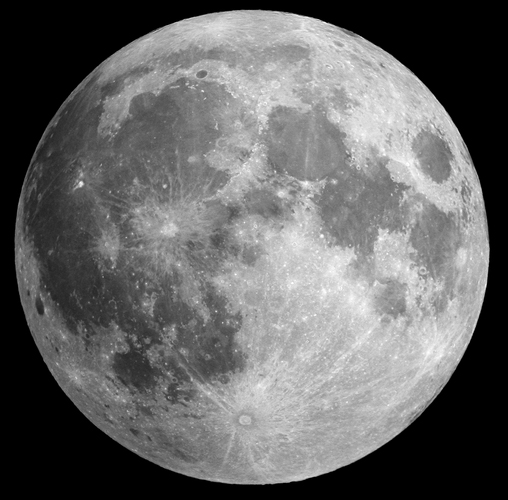
A large mass of material has been discovered beneath the largest crater on the Moon, the South Pole-Aitken basin, and it may contain metal from an asteroid that crashed into the Moon and formed the crater. If this is a massive metal resource then it would make lunar colonization and the industrial development of space far easier. It could be a pile of metal five times larger than the Big Island of Hawaii.
It was found by analyzing measurements of subtle changes in the strength of gravity around the Moon, researchers analyzed data from spacecrafts used for the National Aeronautics and Space Administration (NASA) Gravity Recovery and Interior Laboratory (GRAIL) mission.
Computer simulations of large asteroid impacts suggest that, under the right conditions, an iron-nickel core of an asteroid may be dispersed into the upper mantle (the layer between the Moon’s crust and core) during an impact.
“We did the math and showed that a sufficiently dispersed core of the asteroid that made the impact could remain suspended in the Moon’s mantle until the present day, rather than sinking to the Moon’s core,” James said.
Another possibility is that the large mass might be a concentration of dense oxides associated with the last stage of lunar magma ocean solidification.
Geophysical Research Letters – Deep Structure of the Lunar South Pole‐Aitken Basin
The South Pole‐Aitken basin is a gigantic impact structure on the far side of the Moon, with an inner rim extending approximately 2,000 km in the long axis dimension. The structure and history of this basin are illuminated by gravity and topography data, which constrain the subsurface distribution of mass. These data point to the existence of a large excess of mass in the Moon’s mantle under the South Pole‐Aitken basin.
This anomaly has a minimum mass of 2.18 × 1018 kg and likely extends to depths of more than 300 km. Plausible sources for this anomaly include metal from the core of a differentiated impactor or oxides from the last stage of magma ocean crystallization. Although the basin‐forming impact event likely excavated the vast majority of the preexisting crust, the present‐day crust of the basin interior is at least 16 km thick in undisturbed regions.
